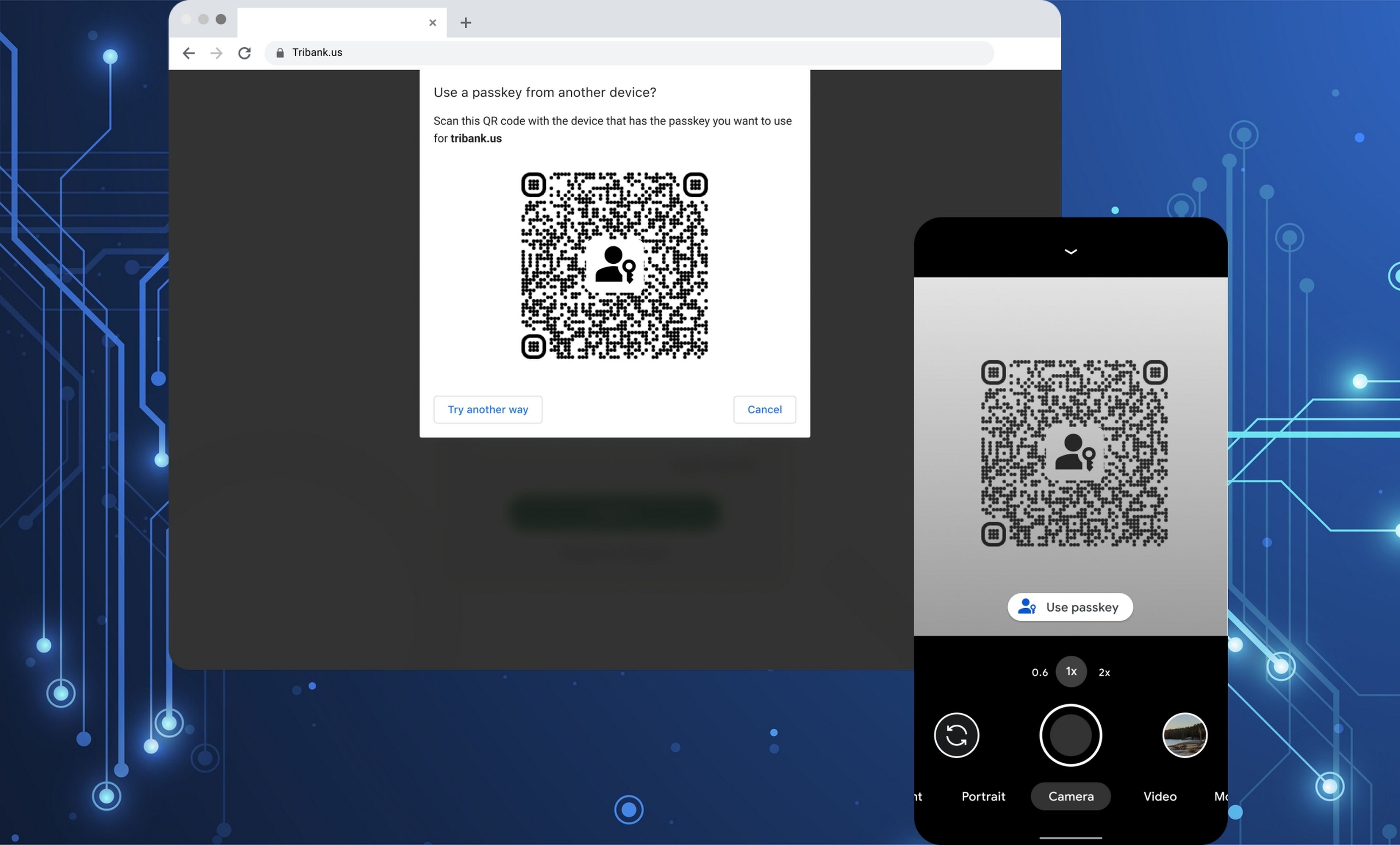[ad_1]
The last update of Chrome for Windows 11, macOS and Android premieres the expected password. A standard developed by Google, Manzana, Microsoft and other companies that remove passwords forever and reduces the phishing to its minimum expression, since there are no passwords to steal.
Passkeys have been in beta for a couple of months in Chrome. But they have finally been released for end users with the M108 upgrade for Windows 11, macOS and Android. The rest of the systems will arrive little by little, it is supposed.
Surely you are wondering, what is a password? A Passkey is a code encrypted and reinforced by a series of biometric data and hardware signature Of the device. In simple words, an encrypted password that is stored on your device, or in the cloud, but only works when activated with a biometric element: your footprint or your face, for example.
Although we call it password, it is an internal system key. The user does not have to use or remember any passwords.
The passkey is an encrypted data that contains Device Information where it is, and it only activates with a fingerprint either face recognition.

When you have to identify yourself on a website or app, instead of entering the password, the passkey is verified, normally via a QR codewhich you must activate with biometrics, such as when you unlock your mobile with your fingerprint or face.
The advantage of a password the thing is you do not have to remember or write down passwords. Even if they are phishing you, they can’t steal your Google or bank password, because it doesn’t exist. Even if the activation code that is created when you identify yourself by fingerprint or face is stolen, It is one-use onlyso it has no value.
with this system the threat of phishing and account theft is minimized, because there is nothing to steal. Even if they steal your passwordit is useless because it only works on the device it was created with, and it must be activated with your biometrics.
How to use a Passkey in Chrome
If you have Windows 11, MacOS, or Android, you must update to the M108 versionNow available.
In the Settings inside the password manageryou create the password. It is stored on your device and takes unique keys from its hardware, as well as your fingerprint or face, depending on what you use when creating it. It can also be moved between devices via the Google cloud.
In order to use it, the websites or Apps must be compatible, through the WebAuthn API. Some sites like PayPal already use it, but the implementation will be slow.
If the web or app is compatible, when you have to log in or identify yourself to pay, you will receive a Passkey request, usually with a QR code. Yours will be activated and you will have to give permission with your fingerprint or face.
As we say, it’s a universal standard Developed by all companies including Apple and Microsoft. So you can use a Passkey in Windows by identifying yourself with an Android or iOS mobile, for example.
It will take a while for it to be adopted by websites and apps, but it seems that, this time, it will. the end of passwords and the phishing is close, thanks to password which have just been released in Chrome.
[ad_2]






Leave a Reply